What lives in a dry lake anyway? (BioE80 Spr2015)
 May 25, 2015 • 7:56 PM UTC
May 25, 2015 • 7:56 PM UTC Unknown Location
Unknown Location 140x Magnification
140x Magnification Microorganisms
Microorganisms
ndanyliw
Learn about the author...
1posts
0comments
1locations
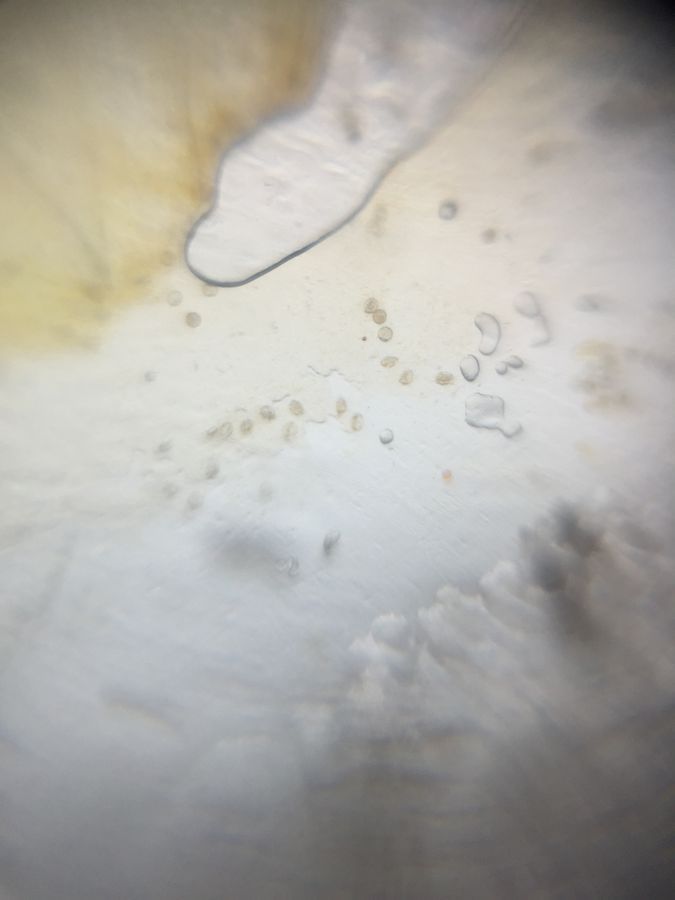
Using our foldscope, we wanted to answer the question “what kinds of things live in Lake Lagunita”? We know that Stanford will not fill it, because of the drought and rumors of “endangered salamanders”, but we wanted to explore Lake Lag to be able to appreciate its biodiversity to justify leaving it dry. We trekked (walked through grass) down into the old lakebed and started collecting samples. We had thought, due to the recently cloudy weather, that we might find some water with interesting samples to collect, but alas there was only some damp dirt to look at, which we did. We unfortunately did not find any signs of water-borne microorganisms- perhaps there was insufficient magnification or maybe there is not consistently enough water in Lake Lag to support that life. Perhaps our most visually intriguing photographs were those of the leaves from various bushes- when backlit, their patterns were a stunning kaleidoscope of reds and greens. We found small white flowers and examined the, but were then curious as to how their pollen would look. We constructed half of a slide and gently smeared the center of the flower on the slide. Our current conclusion is that the diversity of plant life is abundant in Lake Lag, and despite the fact that we didn’t see a salamander, the lake should not be filled. We would like to go back and explore the micro-diversity of the region with more powerful scopes, as we’re sure greater diversity exists at that level.
-Julia Duncan and Ned Danyliw
-Julia Duncan and Ned Danyliw
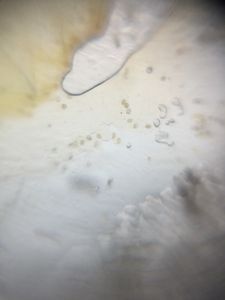
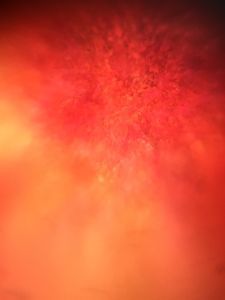
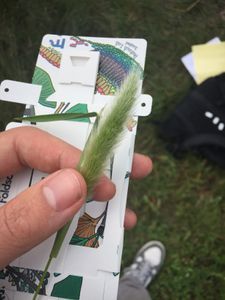
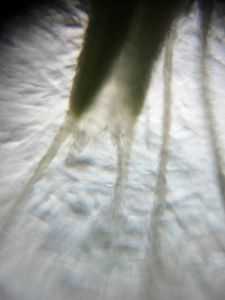
“Feathery” part of cattail
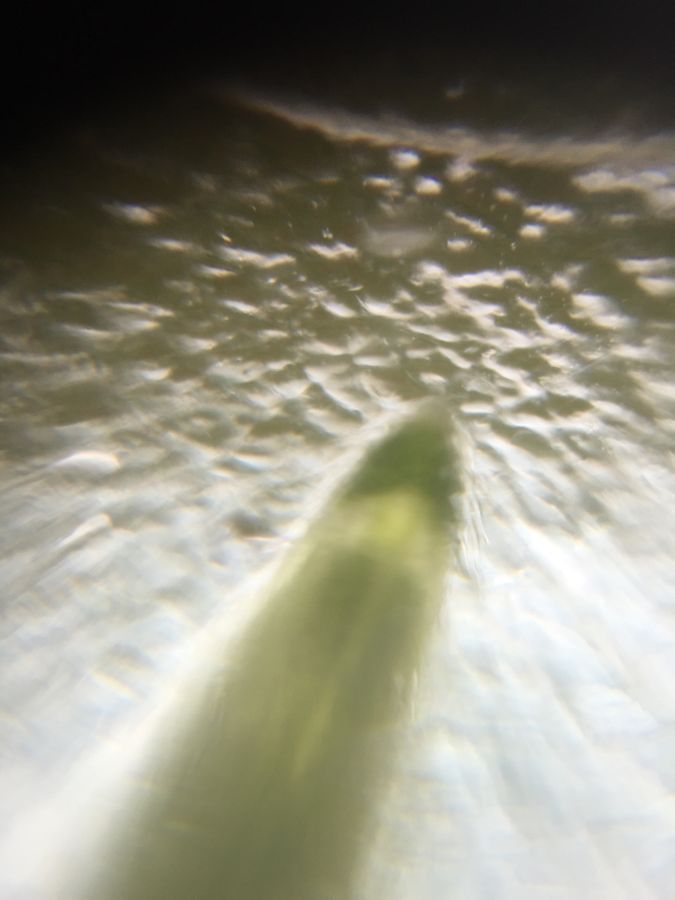
Head of cattail seed. Notice the barbs at the top.
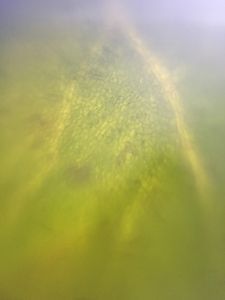
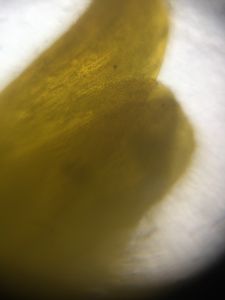
Sign in to commentNobody has commented yet... Share your thoughts with the author and start the discussion!
More Posts from ndanyliw
No more posts from this author.